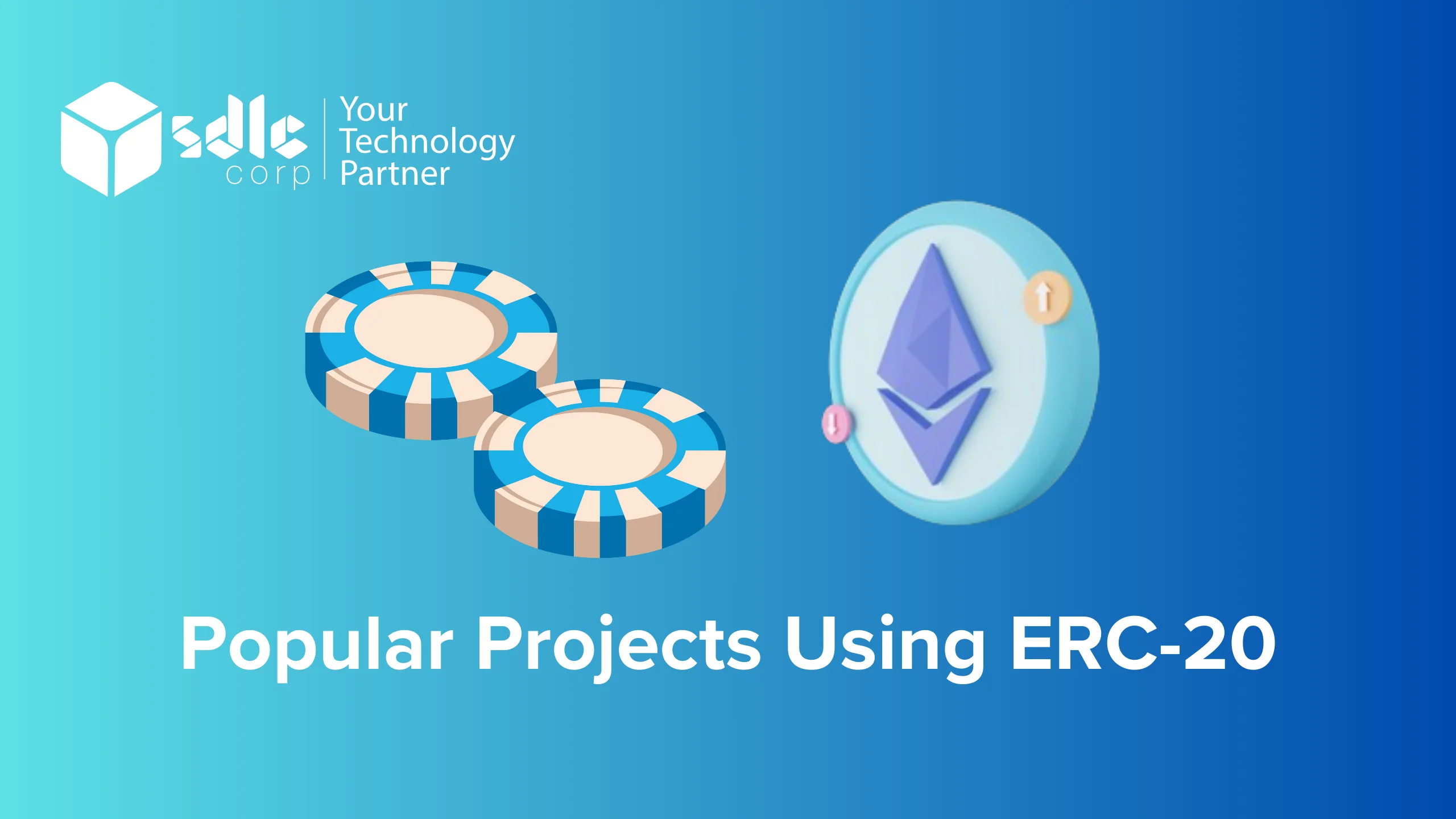Introduction
The Ethereum blockchain has revolutionised the world of cryptocurrency and decentralised applications (dApps). One of its most significant contributions is the ERC-20 standard, which defines a set of rules that Ethereum-based tokens must follow. It is crucial in ensuring interoperability and ease of integration across various platforms. This standard has enabled the creation and operation of many tokens, fostering the development of a vibrant ecosystem. Popular projects utilising ERC-20 tokens include Chainlink, which connects smart contracts with real-world data; Uniswap, a decentralised exchange; Tether, a stablecoin providing liquidity and stability; Basic Attention Token, which improves digital advertising; and MakerDAO’s Dai, a stablecoin pegged to the US dollar. The role in ERC-20 tokens has been instrumental in driving the growth and adoption of these innovative projects, significantly impacting the cryptocurrency landscape.
security token offering development services

1. Uniswap
Overview: Uniswap is a decentralised exchange (DEX) protocol built on the Ethereum blockchain that facilitates the swapping of ERC-20 tokens without the need for intermediaries. Unlike traditional exchanges that rely on order books, Uniswap uses an automated market-making system to provide liquidity.
Key Features:
- Liquidity Pools: Users can provide liquidity to trading pairs and earn a share of the transaction fees.
- Automated Market Maker: Prices are determined by the ratio of tokens in the liquidity pools, using a constant product formula.
- Governance Token: UNI, Uniswap’s governance token, allows holders to participate in the platform’s decision-making process.
Impact: Uniswap has significantly impacted the DeFi (Decentralised Finance) space by providing a seamless and decentralised way to trade tokens. It has democratised access to liquidity and enabled new financial instruments to emerge.
2. Chainlink
Overview: Chainlink is a decentralised Oracle network that enables smart contracts on Ethereum to securely interact with external data sources, APIs, and payment systems. The native token, LINK, is an ERC-20 token used to pay for services within the network.
Key Features:
- Decentralised Oracles: Chainlink provides tamper-proof inputs, outputs, and computations to support advanced smart contracts.
- Data Providers: Trusted data providers are incentivized to supply accurate data.
- Security: The network’s decentralised nature ensures high reliability and security.
Impact: Chainlink has become the go-to solution for connecting blockchain-based applications with real-world data, enhancing smart contracts’ functionality and potential use cases.
3. Tether (USDT)
Overview: Tether is a stablecoin that is pegged to the value of the US dollar. USDT is one of the most widely used stablecoins, offering the stability of fiat currency while leveraging the benefits of blockchain technology.
Key Features:
- Stability: Each USDT token is backed by an equivalent amount of fiat currency, providing stability in the volatile crypto market.
- Transparency: Regular audits are conducted to ensure that reserves match the amount of USDT in circulation.
- Wide Adoption: USDT is widely accepted across various exchanges and platforms, making it a popular choice for trading and payments.
Impact: Tether has facilitated the entry of traditional investors into the crypto market by mitigating the risk of volatility. It is extensively used for trading, remittances, and as a store of value.
4. MakerDAO (DAI)
Overview: MakerDAO is a decentralised autonomous organisation that operates the Maker Protocol on the Ethereum blockchain. It issues DAI, a decentralised stablecoin whose value is soft-pegged to the US dollar. Unlike other stablecoins, DAI is collateralized by a diverse pool of assets rather than a single fiat currency.
Key Features:
- Decentralised Governance: MKR token holders govern the Maker Protocol and make decisions on risk management and other parameters.
- Collateralized Debt Positions (CDPs): Users can lock up collateral in a smart contract to generate DAI.
- Stability Fees: Users pay fees to maintain their CDPs, which helps stabilise the value of DAI.
Impact: MakerDAO has pioneered decentralised finance by providing a decentralised stablecoin that maintains its value without relying on traditional financial institutions. DAI is a critical component of many DeFi applications, offering a stable medium of exchange and store of value.
5. Aave
Overview: Aave is a decentralised lending protocol that allows users to lend and borrow a wide range of cryptocurrencies. AAVE, the native token, is used for governance and staking within the protocol.
Key Features:
- Flash Loans: Aave introduced the concept of flash loans, which are uncollateralized loans that must be repaid within the same transaction.
- Variable and Stable Interest Rates: Users can choose between variable and stable interest rates when borrowing.
- Governance: AAVE token holders can vote on crucial protocol decisions and improvements.
Impact: Aave has been at the forefront of the DeFi movement, providing innovative lending and borrowing solutions that enhance liquidity and capital efficiency in the crypto market. Its unique features, like flash loans, have opened up new arbitrage and financial engineering possibilities.
Conclusion
The ERC-20 standard has played a crucial role in shaping the Ethereum ecosystem, making it easier to create and deploy a wide range of tokens and decentralized applications. From DeFi protocols to stablecoins and governance tokens, ERC20 Token Development has empowered projects like Uniswap, Chainlink, Tether, MakerDAO, and Aave to revolutionize finance, data integration, and digital transactions.















